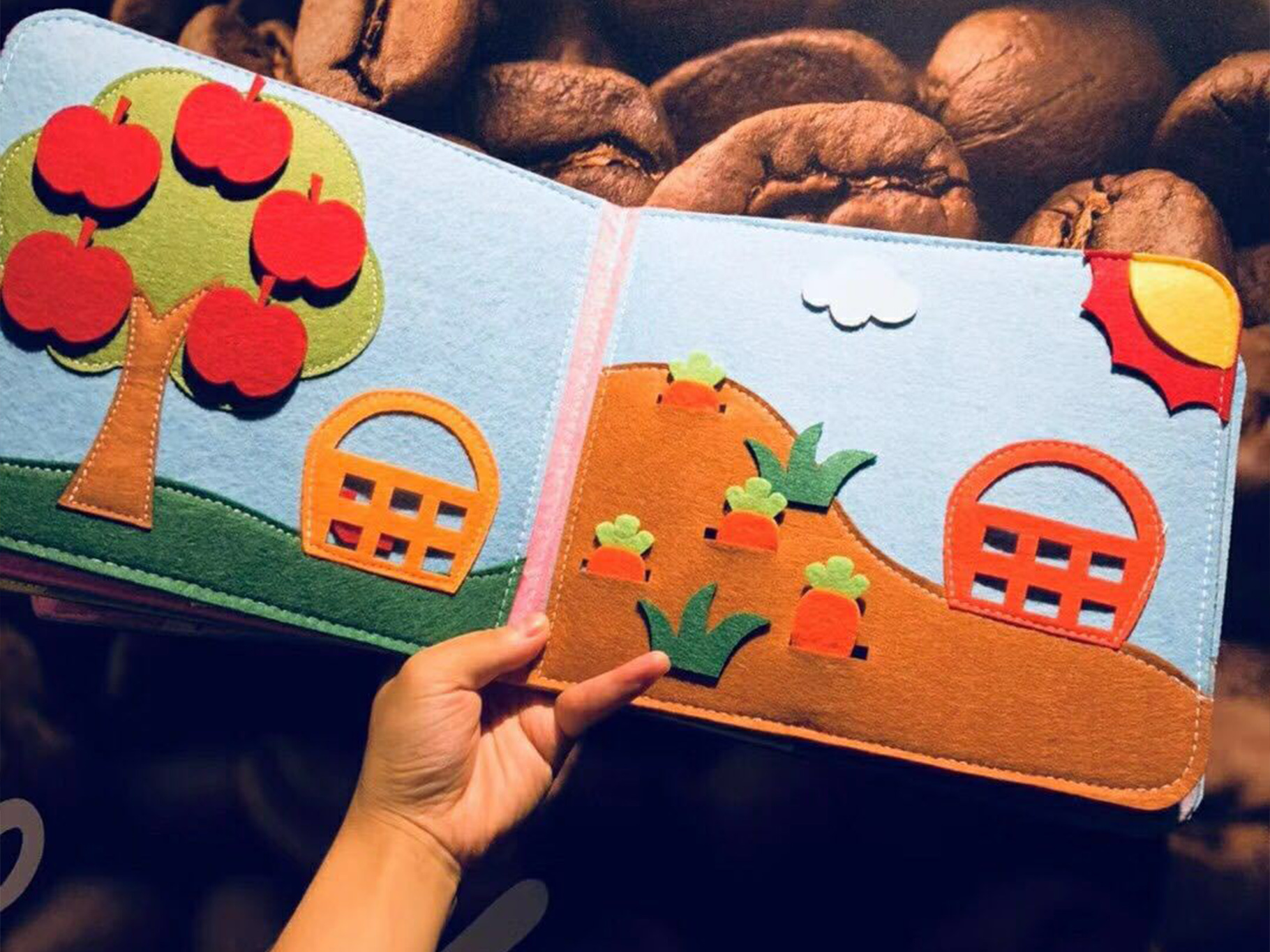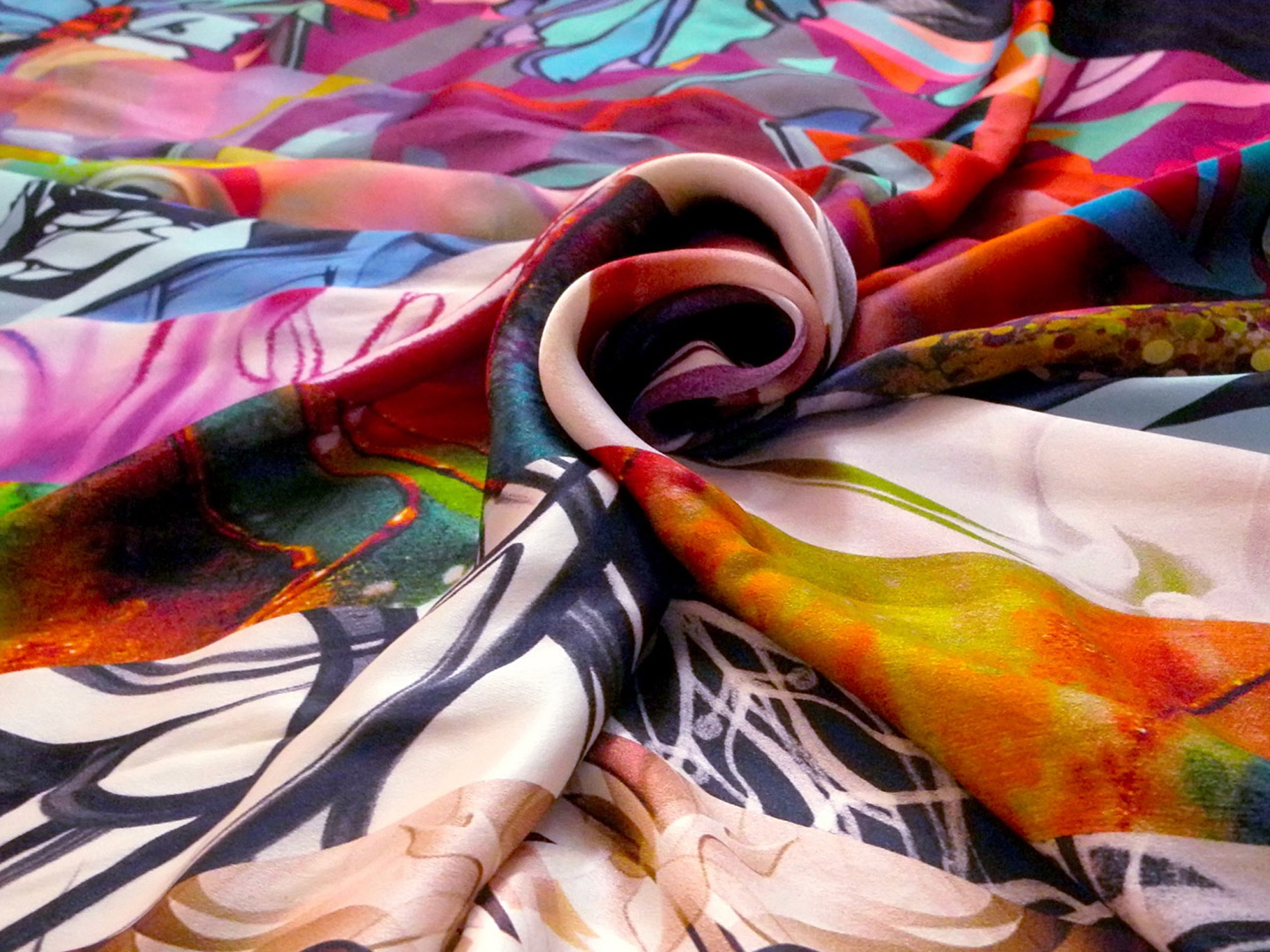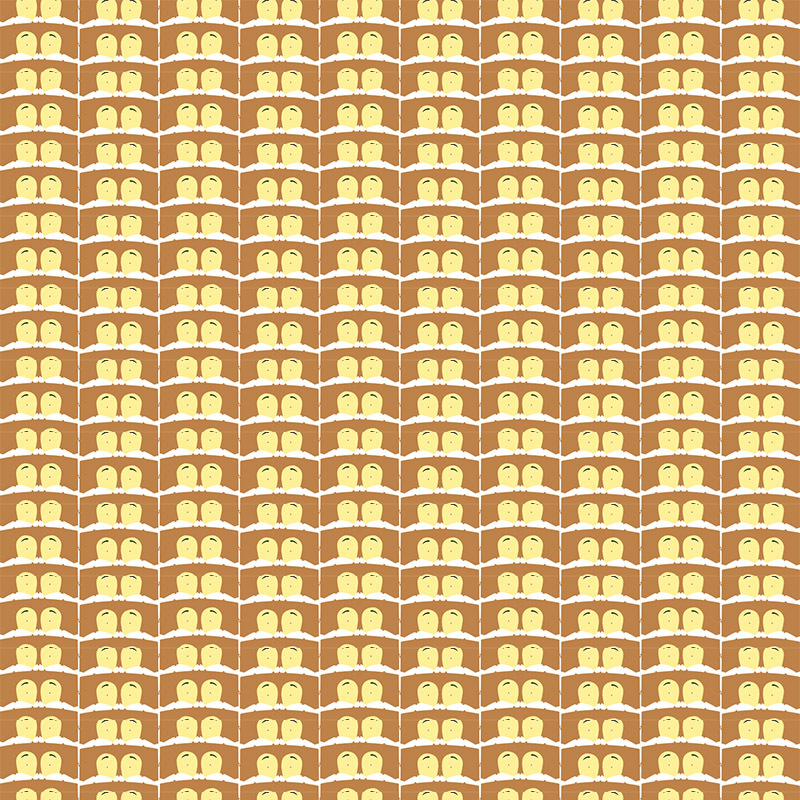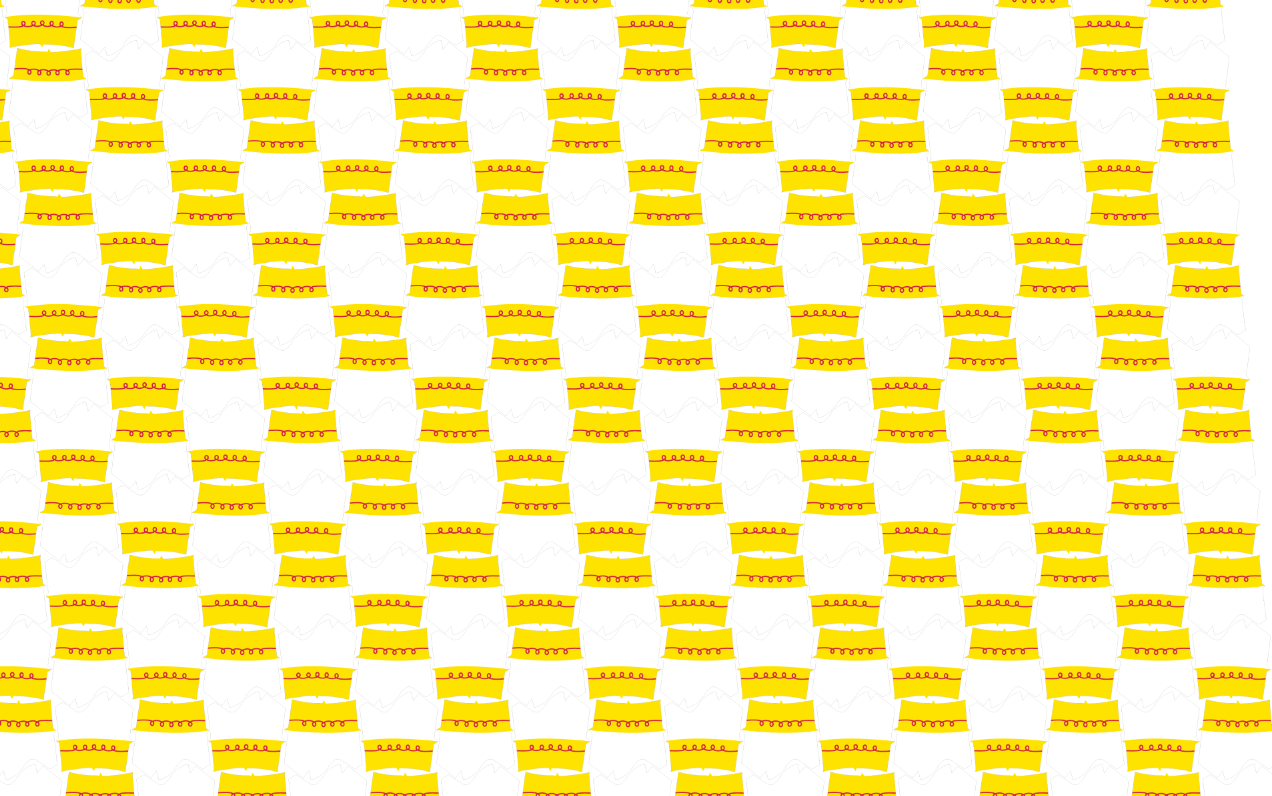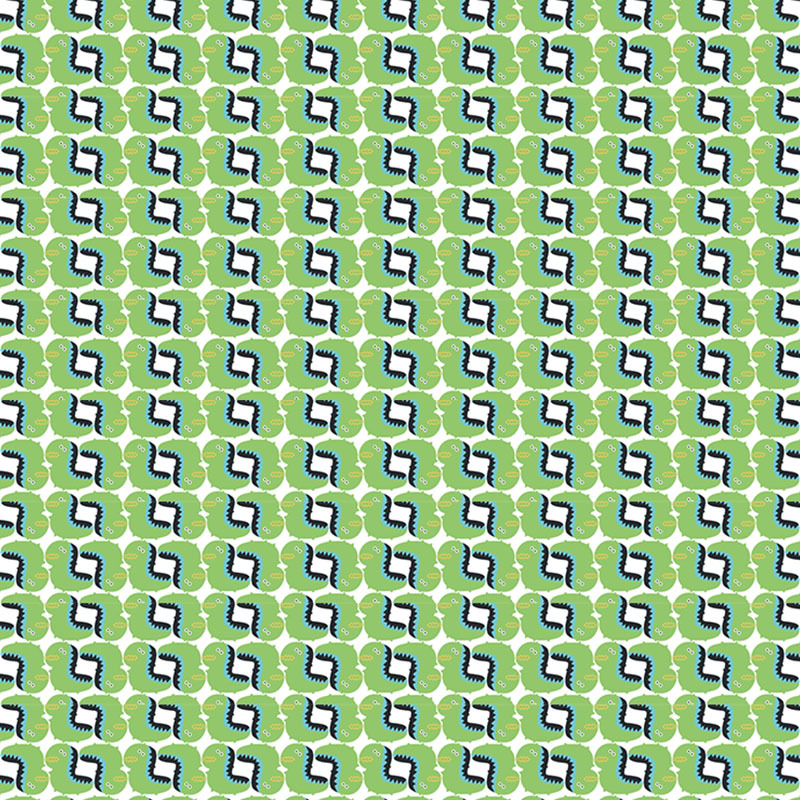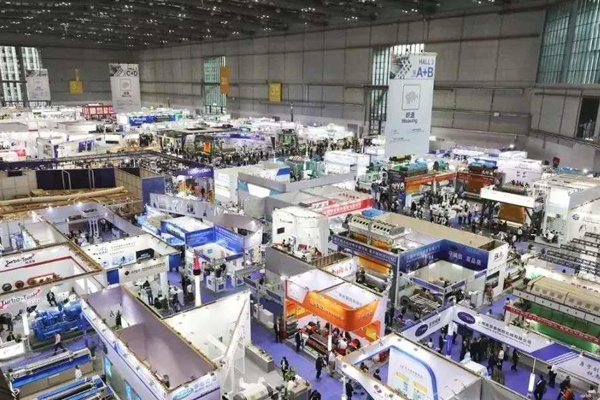2021/12/28
Interpretation of the advantages of active printing technology
Walking on the busy streets, you will find various printed clothes everywhere at any time. They are beautiful and dazzling, eye-catching. The craftsmanship of these clothes varies, and the processing methods are diverse. Reactive printing technology, as its name suggests, is a dyeing method that involves reactive dyeing for processing. It has many sources, such as the fresh flowers we often see, various designs, and of course, different combinations of pinyin characters, among other sources. This allows us to unleash our imagination to showcase different visual effects. It is an endless treasure waiting for us to explore.
2021/12/13
Why do most people choose reactive printing technology?
There are three main methods for printing home textile fabrics: one is traditional pigment printing, the other is reactive printing, which is the opposite of pigment dyeing, and the third is a fabric that mimics reactive printing, falling between reactive and pigment printing. The market has the most pigment printing, with low-end products almost entirely being pigment printed. Reactive printing is at least twice as expensive as pigment printing, while the price of reactive mimic fabrics falls between these two prices, neither high nor low, and not bad. In people's subjective perception, whether in terms of price or quality: reactive printing > reactive mimic printing > pigment printing.
2021/12/10
The technology of active printing
Reactive printing is a process where consumables are printed using a printing machine and fully fused with the fabric, resulting in a complete integration of dye and fabric. Therefore, fabrics printed with reactive dyes have good dust resistance, high cleanliness, and high color fastness. They are breathable and have a soft hand feel. However, traditional reactive printing also has issues such as complicated printing processes and difficulties in processing! Therefore, digital direct printing has emerged with cutting-edge technology in reactive printing!
2021/12/07
As the name suggests, our printing dyes are processed using reactive dyeing. The design elements of reactive printing are diverse. Plant flowers, images, English letters, and color blocks are organically combined to express various design styles through design techniques. This type of fabric is suitable for a wide range of groups and can be used for a long time. Reactive printed fabrics have bright colors, good color fastness, a soft hand feel, and do not fade easily, allowing for long-term use.
2021/12/06
What are the active printing processes?
What are the active printing processes? What is the active printing process? Through continuous observation in practice, several commonly used active printing processes have been discovered. Coating printing is one of the fabric printing process methods. Paint differs from dye in that it does not have a direct affinity for fibers. It cannot bond with fibers. It is merely an insoluble colored powder, mostly organic compounds, but also includes inorganic materials. The principle of 'coloring' the fibers is: synthetic resins that can create hard films are fixed on the fibers and surfaces, allowing various fiber fabrics to be printed.
2021/12/01
How to deal with the fading of active printing
How to deal with the fading of reactive printing? The paint used in reactive printing is not soluble in water and the pigments have no affinity for the fibers, making it impossible to dye according to the dyeing conditions. For textiles, a coating that is uniformly distributed in water has been developed using anionic surfactants. This type of paint is called paint resin coloring (PRC) and is commonly used for paint printing. New products of coatings that can be used even without pre-treatment are available. The main pigments used in the dyeing method are coatings with the following chemical structure, which have much better solidity compared to general dyes. Acetylene B-type yellow paint red: ordinary pigment printing method.
2021/11/29
The main characteristics of active printing.
Reactive printing is a type of printing formed by the penetration of reactive dyes into the fabric. The main characteristics of reactive printing are: 1. Environmentally friendly dyeing. It is harmless and non-irritating to the human body. 2. The fabric has a smooth and soft hand feel, with bright colors. 3. High color fastness, rich color layering, does not fade after long periods without washing, and can be used for a long time like new.
2021/11/25
Active printing, as the name suggests, uses active dyeing processing for our printing dyes. The design elements of active printing are diverse, combining plant flowers, images, English text, and color blocks organically, presenting a variety of design styles through design techniques. Active printing refers to the processing method of turning printing dyes into active dyeing.
2021/11/23
Introduction to Reactive Printing
Active printing, as the name suggests, means that our printing dyes are processed through active dyeing. The design elements of active printing are diverse: they organically combine plants, flowers, geometric shapes, English letters, and different color blocks, showcasing various design styles through design techniques. This fabric is suitable for a wide range of people and has a long usage time. Active printed fabrics have bright colors, good color fastness, and a soft hand feel, allowing for frequent washing without fading, and can be used as new for a long time. Active printing is also known as reactive dyeing. It contains reactive groups that can react with fiber molecules. During the dyeing process, the reactive groups of active printing combine with fiber molecules, allowing the dye to bond with the fiber.
2021/07/14
Entering the second half of 2021, textile companies are most concerned about the upcoming major industry exhibitions - the China International Textile Fabrics and Accessories (Autumn/Winter) Expo will be held in Shanghai from August 25-27, 2021, and the Greater Bay Area International Textile Fabrics and Accessories Expo will be held in Shenzhen from November 3-5, 2021. These key business opportunities not only determine the market expansion in the second half of the year but also relate to the development in the coming year.
Learn about our products

Huizhou Dashan Textile Co., Ltd
86-0752-6688522
Jiaoyuan Industrial Zone, Jiaoyuan Road, Shiwan Town, Boluo County, Huizhou City
Request a Quote
Get prices and free samples now!


